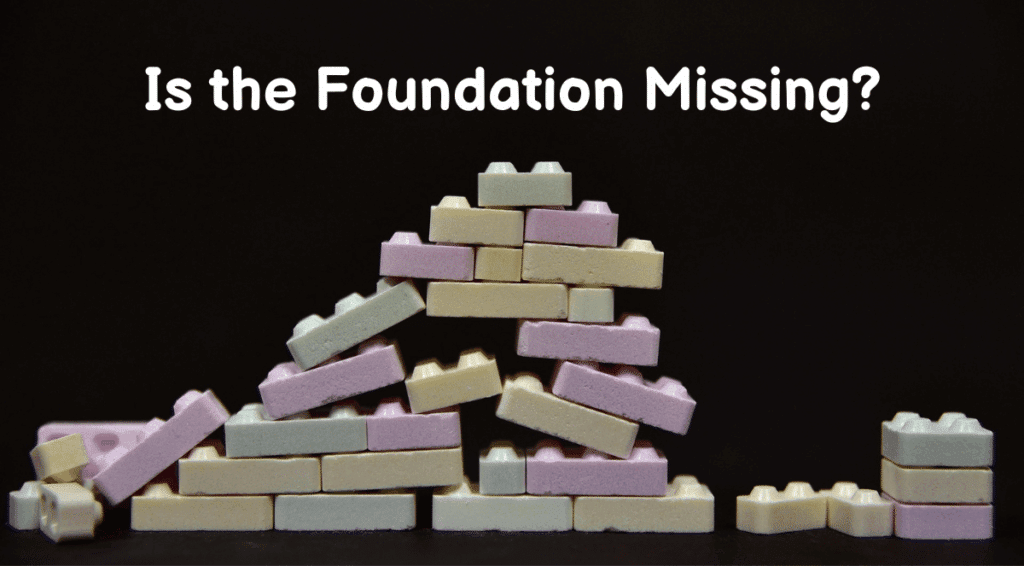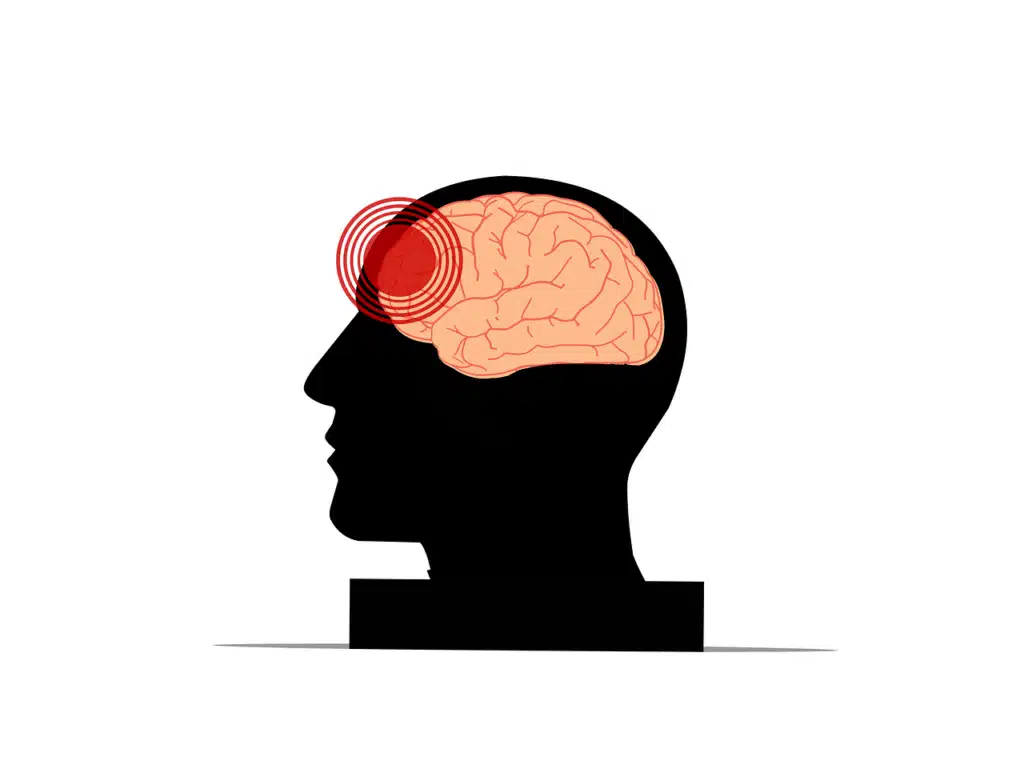As a school-based SLP, I’ve seen the incredible work happening in elementary schools. Districts are investing heavily in curriculum to teach Social-Emotional Learning (SEL), and it’s a positive trend sweeping the nation. However, little is invested in the foundation: parental self-regulation for child SEL.
What SEL Looks Like in Our Schools

Today, many of our schools utilize evidence-based programs that focus on teaching specific competencies. These programs, which are often integrated into morning meetings, counseling sessions, or even academic subjects, focus on five core areas. These are defined by the Collaborative for Academic, Social, and Emotional Learning (CASEL):
- Self-Awareness: Identifying one’s own emotions, thoughts, and values.
- Self-Management: Regulating one’s emotions, thoughts, and behaviors effectively in different situations (e.g., managing stress, self-motivation).
- Social Awareness: Taking the perspective of and empathizing with others.
- Relationship Skills: Establishing and maintaining healthy and rewarding relationships (e.g., communicating clearly, resolving conflict).
- Responsible Decision-Making: Making constructive choices about behavior and social interactions.
These structured programs are essential for teaching children the explicit skills they need to navigate school and peer relationships. They are designed to support all students and provide critical intervention for those who are struggling.
But here is the truth that often goes unsaid: This is often an intervention that starts years too late.
We need to stop asking schools to re-wire behavior that was already cemented in the foundational years. The most powerful SEL curriculum a child will ever receive isn’t in a classroom; it’s in the co-regulation of their home environment.
The Myth of Self-Soothing: Why Child Emotional Regulation Starts with the Parent 🧠

For decades, many parents were encouraged to “let babies self-soothe.” We now know this concept is a biological impossibility for a young child.
A baby’s pre-frontal cortex—the part of the brain responsible for self-control and emotional management—is highly immature. They are born requiring an external regulator to help them manage stress. That external regulator is you.
This scientific concept is called co-regulation. When your child is distressed, they are sending out a nervous system alarm. If you respond from a place of calm, your regulated state literally helps sync their nervous system back to a quiet, safe baseline. You are teaching their brain, through repeated experience, how to calm down.
When we react to a child’s meltdown with our own uncontrolled frustration or anger (i.e., parental dysregulation), we are not teaching regulation. Instead, we are modeling and transmitting escalation. Research consistently links high parental stress and non-adaptive emotion regulation with higher rates of social, behavioral, and mental health issues in youth.
The Prenatal SEL Curriculum: It Starts with the Parent 🧘
If co-regulation is the lesson, then the prerequisite must be the parent’s own self-regulation for child SEL. This is why our focus needs to shift, starting before a child is even born:
💡 Parental Self-Awareness: Identifying the Real Emotion
Before we teach a child to recognize their “big feelings,” we need to teach parents to recognize theirs. This means identifying internal stress cues—the tight jaw, the hot chest, the impulse to yell—before they erupt into a reaction. Crucially, this training must help parents understand that anger is very often a symptom of suppressing another, more vulnerable emotion, such as fear, overwhelm, inadequacy, or grief. If a parent can recognize that their rising anger is actually a mask for deep anxiety about being a “good parent,” they can address the true need instead of reacting punitively.

🎯 The Circle of Control
Prenatal and early-parenting training needs to equip adults with strategies like understanding what they can and cannot control. You can control your response and your effort. However, you cannot control the duration of a tantrum or a baby’s need to cry. Reducing this anxiety is foundational self-care.
⚓ The Calming Anchor
Every parent needs a rapid, go-to self-regulation strategy, like Square Breathing or a quick grounding exercise. This allows a parent to down-regulate their own system in seconds. Thus, they can approach their child with calm instead of conflict.
🚶 When to Walk Away: The Ultimate Self-Regulation Skill
All of these skills culminate in the powerful knowledge of when walking away is the kindest, safest response. If you cannot find your calming anchor, the most responsible action is to temporarily exit the situation. This means placing your child in a safe space (like a crib or playpen) and giving yourself a few moments, or even a minute, to calm down completely—even mommies need time-outs!
Taking a break is firmly identified as responsible, proactive parenting—not neglect or “giving up.” Walking away when you are dysregulated prevents you from passing on that distress or reacting in a way you will regret. By doing this, you model the highest level of self-control for your child.
We must recognize that a parent who is emotionally supported and regulated is the most effective preventative measure against future maladaptive behavior. The early investment in parental self-regulation for child SEL is far more cost-effective than the long-term societal cost of special education, behavioral intervention, and juvenile justice.
📢 An Urgent Call to Action: Advocate for prenatal SEL

We are asking parents to teach a skill they were often never taught. This is not about blame; it is about providing the missing instruction manual. Parental self-regulation is the prerequisite for child SEL.
I am asking you, my fellow SLPs, educators, and concerned parents, to use your voice to advocate for this foundational shift.
The Ask: Contact your State Representatives and State Department of Health officials to urge them to mandate and fund the inclusion of an evidence-based Parental Self-Regulation and Co-Regulation Module as a standard component of all state-funded prenatal and early postnatal care programs.
We are not asking for a new program; we are asking for essential SEL skills to be taught at the right time, to the right person.
Here is a template email you can adapt and send to your elected officials today. Let’s make parental self-regulation a public health imperative.
Subject: Urgent: Fund Foundational Parental Self-Regulation Training for Child Health & Preventative Care
Dear [Representative/Senator/Official Name, or State Department of Health Leadership],
I am writing to you today as [Your Title/Profession: e.g., a School-Based Speech-Language Pathologist and concerned resident of District X]. My work with children in schools across [Your County/Region] consistently reveals that the most effective interventions for social, emotional, and behavioral challenges begin not in the classroom, but with the parent.
The Foundational Challenge: Current efforts in school-based Social-Emotional Learning (SEL) are essential but often start too late. The true foundation for a child’s ability to self-regulate is built through co-regulation—the consistent, calm response of a regulated adult. When parents lack the skills to manage their own stress and emotional triggers, they are inadvertently modeling and transmitting dysregulation to their children, leading to long-term issues.
The Preventative Solution: I urge you to mandate and fund the inclusion of an evidence-based Parental Self-Regulation and Co-Regulation Module as a standard, reimbursable component of all state-funded prenatal and early postnatal care programs.
This funding is not for generic parenting classes. It is an investment in specific, psychoeducational training that teaches parents:
- Self-Awareness: How to recognize their own internal stress cues (e.g., anxiety, overwhelm) before they escalate into frustration or anger.
- Calming Anchors: Rapid self-regulation techniques (like deep breathing or grounding) to stabilize their nervous system under pressure.
- Proactive Parenting: The necessary skill of safely walking away to self-calm when feeling dysregulated, which models the highest level of emotional control for the child.
Cost-Effectiveness: Investing in parental self-regulation is the most powerful preventative measure available. Research consistently shows that early family interventions are dramatically more cost-effective than later remediation efforts (such as special education services, extensive behavioral interventions, or juvenile justice system involvement).
I ask that you prioritize this foundational SEL training. By supporting the mental and emotional health of parents, we are proactively building resilient children and stronger communities.
Thank you for your time and commitment to the health of our state’s families.
Sincerely,
[Your Name] [Your City/Town] [Your Contact Email or Phone Number]
Social Media Icons: designed by rawpixel.com – Freepik.com











